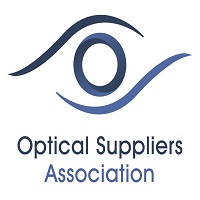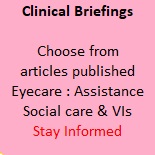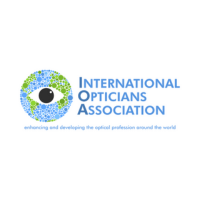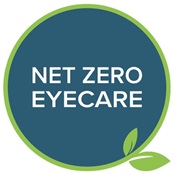Professional Matters Optometry & Dispensing
Use of Chloramphenicol POM in paediatric populations
Use of Chloramphenicol POM in paediatric populations
The College’s position on the use of Chloramphenicol POM in paediatric populations
The College previously alerted members (12/04/21) after becoming aware of a change in posology in the summary of product characteristics (SPC) by some manufacturers for the prescription-only medicine (POM) form of chloramphenicol eye drops. These manufacturers have added the following contraindication:
“This medicinal product must not be given to a child less than 2 years old as it contains boron and may impair fertility in the future.”
Please note, this does not apply to the ointment form as it does not contain boron-based excipients.
At that time, the College advised that the use of chloramphenicol POM multi-dose and minim form eye drops should not be used in children under 2 years of age based on a precautionary principle of safeguarding patients while we review the evidence. Since then we have been in contact with the Medicines and Healthcare Regulatory Agency (MHRA), and they have reviewed the available evidence and advice from relevant bodies regarding the use of chloramphenicol in paediatric populations.
The MHRA and Royal Pharmaceutical Society have explained that data from toxicity studies in rats has identified testicular toxicity associated with boron-containing compounds. In light of this evidence, The European Medicines Agency (EMA) has recommended upper limits to the daily exposure to boron-based excipients (expressed as equivalent doses of elemental boron) with a limit of 1mg/day for children under 2 and 3mg/day for children aged 2-121. In response, many manufacturers of chloramphenicol POM eye drops have changed their SPCs due to product labelling guidelines by the European Commission2.
The College’s position
Having reviewed the evidence and a recent statement by the Royal College of Ophthalmologists3, we do not believe that chloramphenicol POM eye drops pose a direct risk for the indicated use in children if used to its product license – there are several points that the College has considered:
Where manufacturers do specify the amount of boron-based excipients in their SPC, it is in the range of 1.1-2.9mg/ml. Given that the maximum volume of an eye drop that can be accommodated by the conjunctival sac is approximately 10-20µL; assuming even 100% absorption by the eye and a typical four times daily application, this is well below the 1mg/day limit
There is no new scientific data from human studies that document any adverse effects on fertility despite it being widely used in children of all ages for over 70 years
There may be circumstances where chloramphenicol eye drops may be preferable to use over the ointment form
There may be no suitable alternative medicine that would meet the child’s needs, as other antibiotics may also contain boron-based excipients or have a narrower spectrum of activity
Use of stronger antibiotics should be reserved for severe eye infections, not for superficial conditions such as bacterial conjunctivitis
Avoiding antibiotics that contain boron-based excipients would result in routine prescribing of stronger antibiotics. This would encourage development of antibiotic resistance and render them less effective against severe eye infections
Prescribing antibiotics for children under 2 by optometrists is rare, but as with all prescribing decisions, this should be done on a case by case basis of risk versus benefit. Given the currently available evidence and advice from relevant bodies, the EMA limits on boron exposure are unlikely to be exceeded with typical prescribing regimens. We have reviewed our earlier advice and now recommend that optometrist prescribers should consider prescribing chloramphenicol POM eye drops for use in children under 2 years if they believe the benefits (when prescribed according to its product license) outweigh the theoretical risk to future fertility posed by boron exposure. This is in line with the Royal College of Ophthalmologists view on the use of chloramphenicol3.
The College will continue to liaise with the MHRA on this matter to ensure that advice given to members is up to date, proportionate and supports safe clinical practice.
























